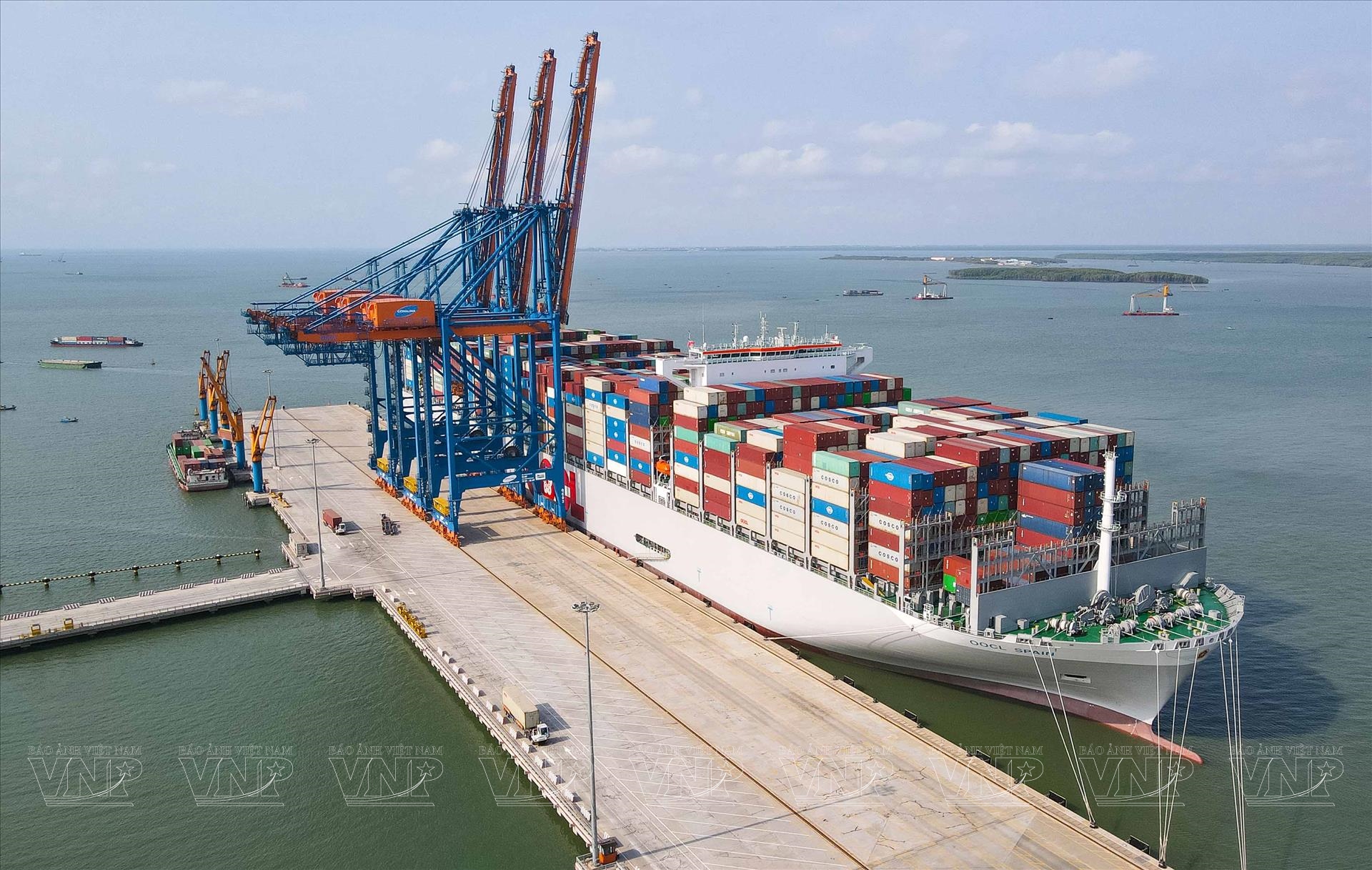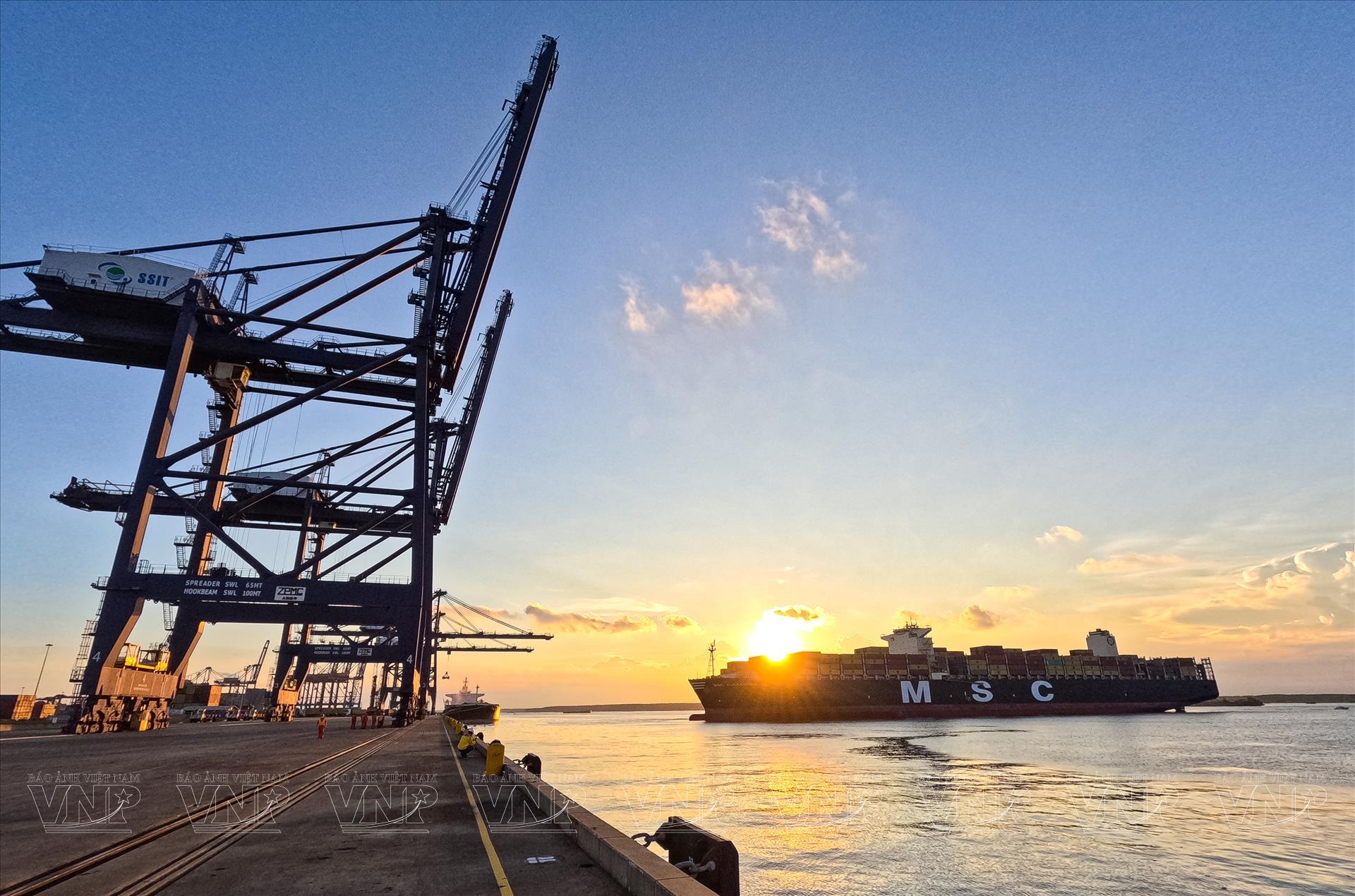The Cai Mep – Thi Vai Port Cluster: A Maritime Powerhouse in 2024
According to 2024 statistical reports, the Cai Mep – Thi Vai Port Cluster, located in Phu My Ward, Ho Chi Minh City (formerly Phu My City, Ba Ria – Vung Tau Province), has made remarkable strides in maritime logistics. Handling a total throughput of approximately 152 million tonnes, this cluster now accounts for 34% of Vietnam’s total container volume. Such significant growth not only showcases the port’s operational capabilities but also reflects the confidence of regional and international partners in using this hub for maritime transport and trade.
Infrastructure and Capabilities
The Cai Mep – Thi Vai International Port is a beacon of modern infrastructure, featuring three container berths that extend a total of 890 meters, along with three barge berths totaling 270 meters. The vast 55-hectare container yard has a capacity for approximately 51,500 TEU (Twenty-foot Equivalent Units). Equipped with state-of-the-art facilities including 10 STS quayside cranes and 22 yard cranes, this port is optimized for handling the latest generations of vessels efficiently.
Importantly, this advanced setup significantly reduces shipping times for imported and exported goods across the Southern region, eliminating the previous need for transiting through Singapore. The incredible depth of the waterway allows for the servicing of super-vessels with capacities up to 160,000 DWT (equivalent to 14,000 TEU), making Cai Mep – Thi Vai a crucial player in global maritime commerce.

The Spanish mega container vessel M/V OOCL, with a capacity of 24,188 TEU, during its inaugural voyage connecting Asia and Europe.
Maritime Logistics Revolution
The recent merger of Ba Ria – Vung Tau and Binh Duong provinces into Ho Chi Minh City in July 2025 has created a fertile environment for the maritime logistics sector. This integration, combined with the ongoing construction of the Can Gio International Transshipment Port, aims to position the Cai Mep – Thi Vai throughout the logistics landscape as a highly efficient global maritime hub.
This ambitious development plan will also encompass a vast area, with the first phase of Can Gio expected to be completed by 2030 and full completion predicted by 2045. With such plans, Ho Chi Minh City is poised to emerge as the leading maritime logistics center in the region, directly connecting Vietnam to global supply chains.

The vessel COSCO SHIPPING ROSE calls at Tan Cang – Cai Mep Thi Vai Terminal on October 24, 2023.
Strategic Location and Accessibility
Strategically located at the mouth of the Thi Vai and Cai Mep rivers, the Cai Mep – Thi Vai International Port benefits from an exceptional waterway channel. The exploitation of expressways connecting Ho Chi Minh City to Southern and South Central provinces, alongside projects like the Long Thanh International Airport and the Metro railway line, enhance the port’s accessibility.
These infrastructural improvements not only augment the operational capacity of Cai Mep – Thi Vai but also reinforce its competitiveness against other international ports. The seamless planning of the port, combined with favorable natural conditions and abundant cargo sources, solidifies its position as a key player in international maritime trade.

On July 10, 2023, the Greek vessel Maran Gas Achilles, carrying 70,000 tons of LNG, made a historical call at Thi Vai LNG Port—the first LNG import shipment to Vietnam.
Future Projections
According to Ho Chi Minh City’s master plan for 2030, the volume of goods passing through the city’s seaports is forecasted to reach an impressive 447–476 million tonnes per year, which includes approximately 28–31 million TEU of container cargo. This volume is expected to account for almost 32–36% of the nation’s total cargo and 58–61% of the container volume processed by Vietnam’s seaports.
This growth trajectory not only validates Ho Chi Minh City’s strategic position as a maritime import/export gateway but also underscoring Vietnam’s increasing relevance in the global supply chain.

The vessel MSC ALEXANDRA, with a deadweight of 165,908 tons, at SSIT Port, loading and unloading nearly 12,000 TEU of cargo.
The Cai Mep – Thi Vai Port Cluster exemplifies the future of maritime logistics, where modern infrastructure, strategic planning, and international collaboration converge to create a thriving hub for trade and commerce. As the logistics landscape continues to evolve, this port cluster is set to play a pivotal role in enhancing Vietnam’s connectivity to global markets.